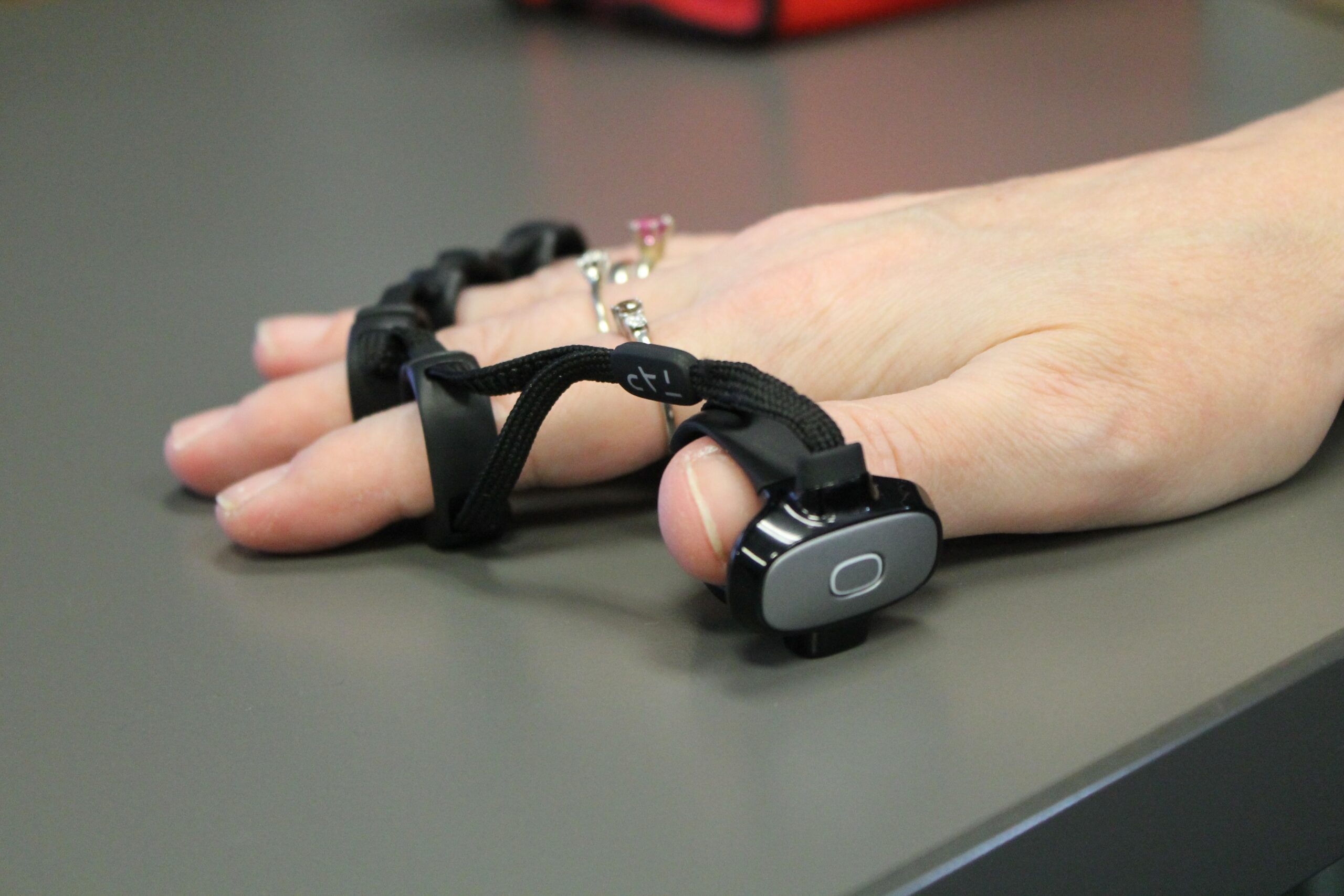In today’s digital age, accessibility testing has emerged as a cornerstone of web and application development. It is the process of evaluating digital products to ensure they are usable by individuals with disabilities, including those with visual, auditory, motor, and cognitive impairments. The benefits of accessibility testing extend far beyond compliance with legal requirements; it is a powerful tool for creating a more inclusive and user-friendly digital environment. In this article, we’ll explore the myriad advantages of incorporating accessibility testing into your development process.
1. Expanding Reach and Audience Engagement
One of the most compelling benefits of accessibility testing is the expansion of your audience. By ensuring your digital products are accessible to individuals with disabilities, you tap into a vast and diverse user base. This inclusivity not only aligns with ethical principles but also opens up new market opportunities.
2. Legal Compliance and Risk Mitigation
Many countries have established accessibility standards and regulations, such as the Americans with Disabilities Act (ADA) in the United States and the Web Content Accessibility Guidelines (WCAG) globally. By conducting accessibility testing, you demonstrate a commitment to legal compliance, reducing the risk of potential lawsuits and legal complications.
3. Enhancing User Experience for All
Accessibility testing goes beyond accommodating individuals with disabilities; it leads to an overall improvement in user experience. Clearer navigation, well-organized content, and intuitive design benefit all users, regardless of their abilities. When accessibility is prioritized, the entire user base benefits.
4. Boosting Search Engine Optimization (SEO)
Search engines like Google have integrated user experience metrics, including accessibility, into their ranking algorithms. Websites and applications that are accessible tend to perform better in search results. By conducting accessibility testing, you not only enhance user experience but also improve your visibility in search engine rankings.

5. Fostering Brand Trust and Reputation
Prioritizing accessibility sends a powerful message about your brand’s values. It demonstrates a commitment to inclusivity and equal access for all users. This dedication builds trust and enhances your reputation, fostering a positive relationship with your audience.
6. Future-Proofing Your Digital Products
Technology is constantly evolving, and as it does, new ways of interacting with digital products emerge. By integrating accessibility testing from the outset, you future-proof your products. This ensures they remain relevant and usable as technology continues to advance.
7. Saving Resources and Avoiding Retrofits
Addressing accessibility issues after a product has been launched can be time-consuming and costly. By identifying and rectifying accessibility concerns during the development phase, you save resources in the long run. It is far more efficient and cost-effective to build accessibility into the foundation of your project.
8. Staying Ahead of the Competition
In a competitive market, user experience can be a significant differentiator. Accessible design sets you apart from competitors who may not prioritize inclusivity. By offering a seamless experience for all users, you establish yourself as a leader in user-centered design and development.
9. Gaining Valuable User Insights
Engaging users with disabilities in the testing process provides invaluable feedback and insights. These users offer unique perspectives and can uncover issues that might otherwise go unnoticed. Their input is instrumental in refining and improving the overall user experience.
10. Supporting Corporate Social Responsibility (CSR) Goals
Prioritizing accessibility aligns with broader corporate social responsibility initiatives. It demonstrates a commitment to ethical business practices and social inclusivity. This resonates with consumers who increasingly value companies that take a stand on important issues.
In conclusion, accessibility testing is not just a technical necessity; it is a strategic imperative. It brings a multitude of benefits, from expanding your audience reach to enhancing user experience, boosting SEO, and safeguarding against legal complications. By integrating accessibility testing into your development process, you’re not only creating more inclusive products but also future-proofing your offerings and bolstering your brand’s reputation. In today’s digital landscape, accessibility is not an option; it’s an essential element of building a better, more inclusive online world.
We Offer Web & Mobile Accessibility Testing
We at ‘Accessible Zone‘ provide web, mobile and software accessibility testing services. We perform testing manually using screen reader such as JAWS, NVDA & Voiceovers. We also provide VPAT and ACR reports. If you want to use our services do contact us as at contact@accessiblezone.com or you can also schedule a free call with us from here.















